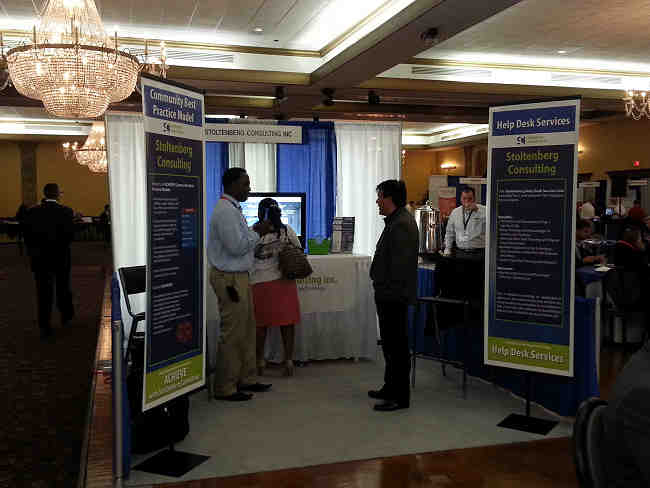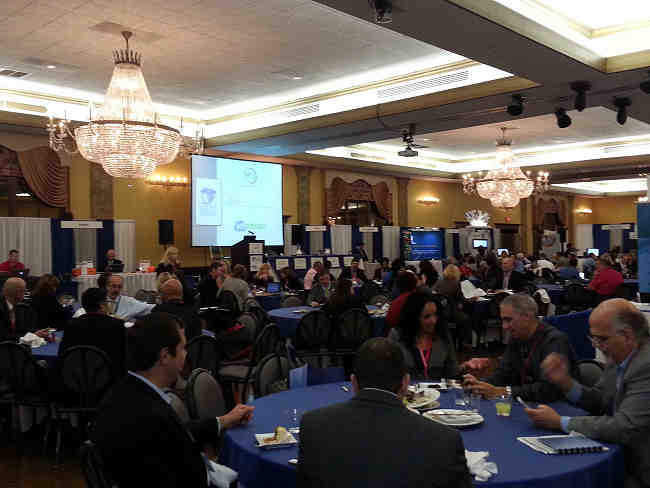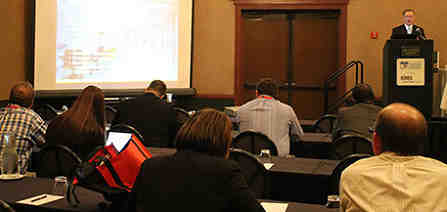The Stoltenberg Blog
Healthcare IT insights for competitive value-based care strategy
Recap of South Florida HIMSS Health Trade Fair
By Stoltenberg Consulting

If you didn't attend the South Florida HIMSS event last week, you missed an amazing CIO roundtable discussion with the opportunity to learn the latest trends from powerhouse CIOs like Miami Children's SVP & CIO Ed Martinez. Martinez discussed how he's helping to transform healthcare delivery to children all over the world through Telemedicine. He is working with a vendor that enables a patient to be examined via a device that looks like a hand. The device touches the patient and sends data back to the physician. Though it sounds like sci-fi, this is an incredible advancement in HIT. What are your thoughts?

Martinez believes that the CIO's role of the future is part visionary, part business leader, and part CIO. His thoughts were expanded by Leslie Albright, CIO of Bethesda Health, Inc. Albright explained that in the past, IT came up with a business plan and submitted it to administration as a stand-alone plan. Then, it had little to do with direct patient care. Today however, the IT plan incorporates into the corporate strategy of the hospital, aligning IT's strategy with the business strategy. Albright also stated she prefers to hire clinically savvy employees, who she can train to understand IT. This shows a paradigm shift as IT decisions become more clinically based as opposed to process based.
Also within the event, moderator, Mary Carroll Ford, senior VP & CIO of Lakeland Regional Medical Center, asked the panel, "What keeps you up at night?" The roundtable panel responded with the topics of ICD-10, business intelligence, data warehousing, e-health, tele-health and construction. Panel members also all agreed that supporting medicine today is moving away from the traditional 9-5, Mon-Fri controlled world they all lived in for so long. The new model is not about supporting the hardware anymore. Systems and servers are stable and rarely crash. The new model has to include support, for not only after-hours, but also for new technology. Such new technology is being pushed as patients download apps, scan barcodes on medicine as post visit records, and view test results on smart phones, tablets and iPads. In the past, IT used to be able to limit the devices used. This is a new age, and anything goes to affect patient experience. And yet again, the South Florida HIMSS panel agreed that this all gathers to keep them up at night to figure out how to support it all.

Finally, as a note on Stoltenberg's part in the event, the SCI crew served as a Silver Sponsor and Exhibitor of the South Florida event. The team also enlightened groups with the presentations "Big Data – Fact or Fiction" and "Help-Desk –A Help Desk That Really Helps."
In all, the event provided a great venue for thought leadership exchange for South Florida healthcare IT industry participants, as well as a chance to reflect on the progress of the industry as a whole.